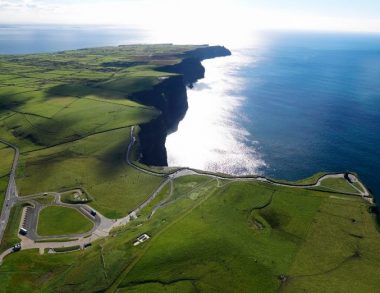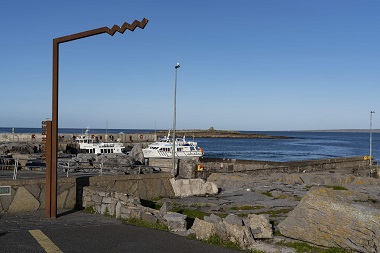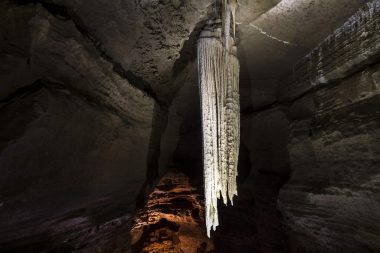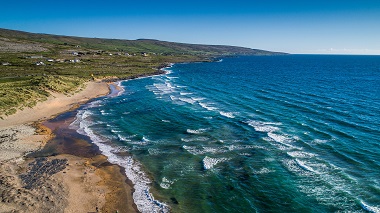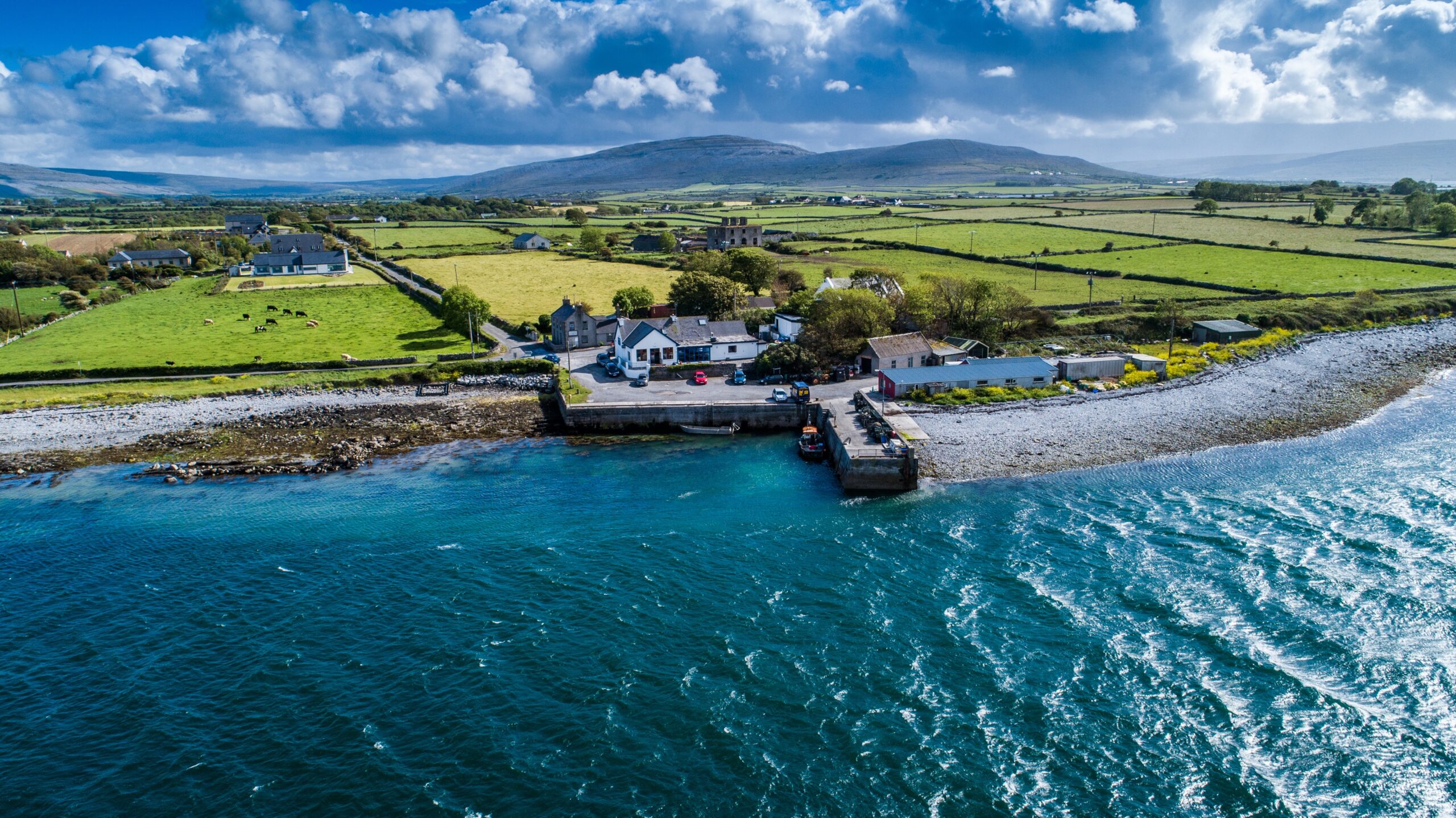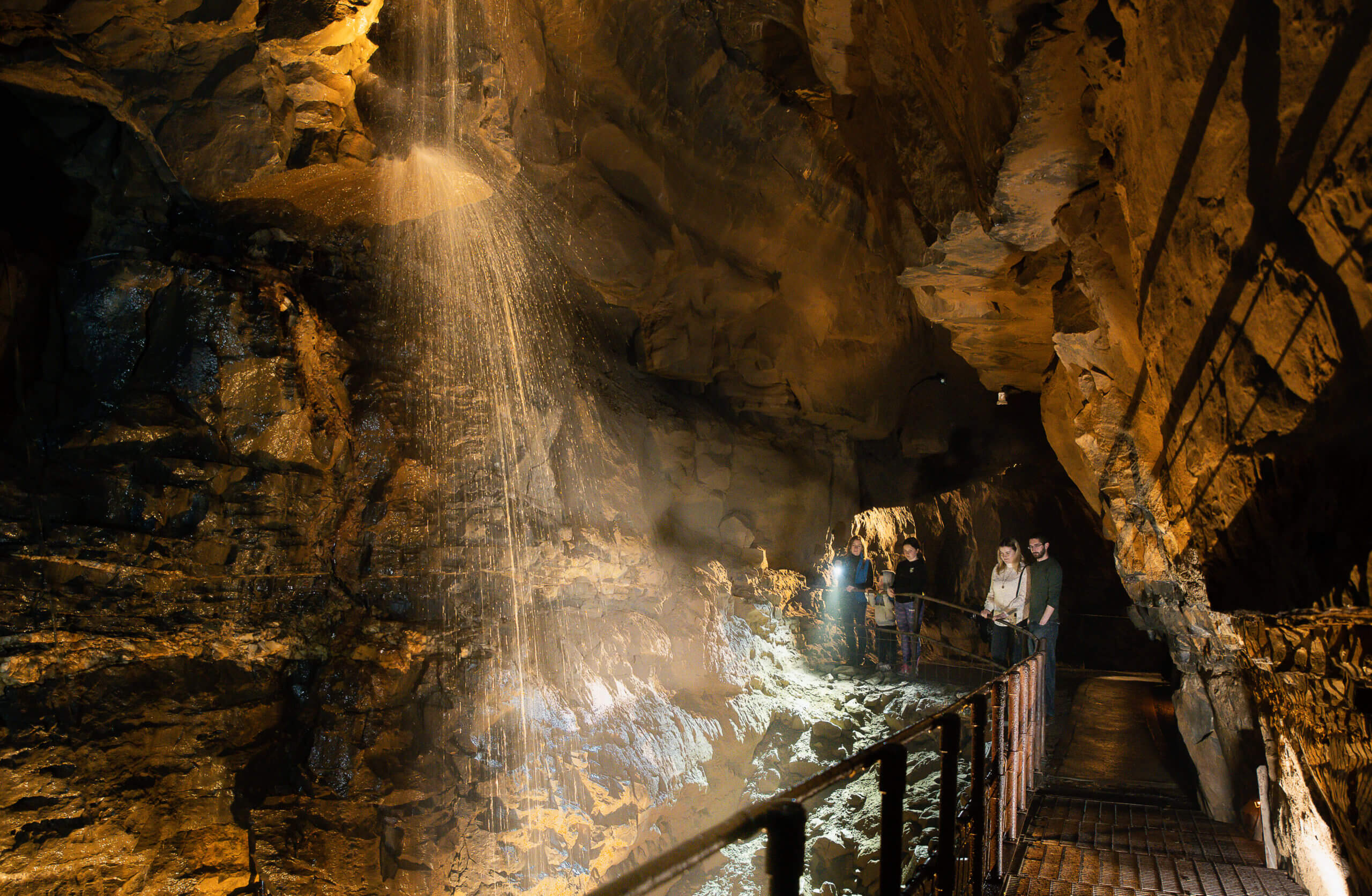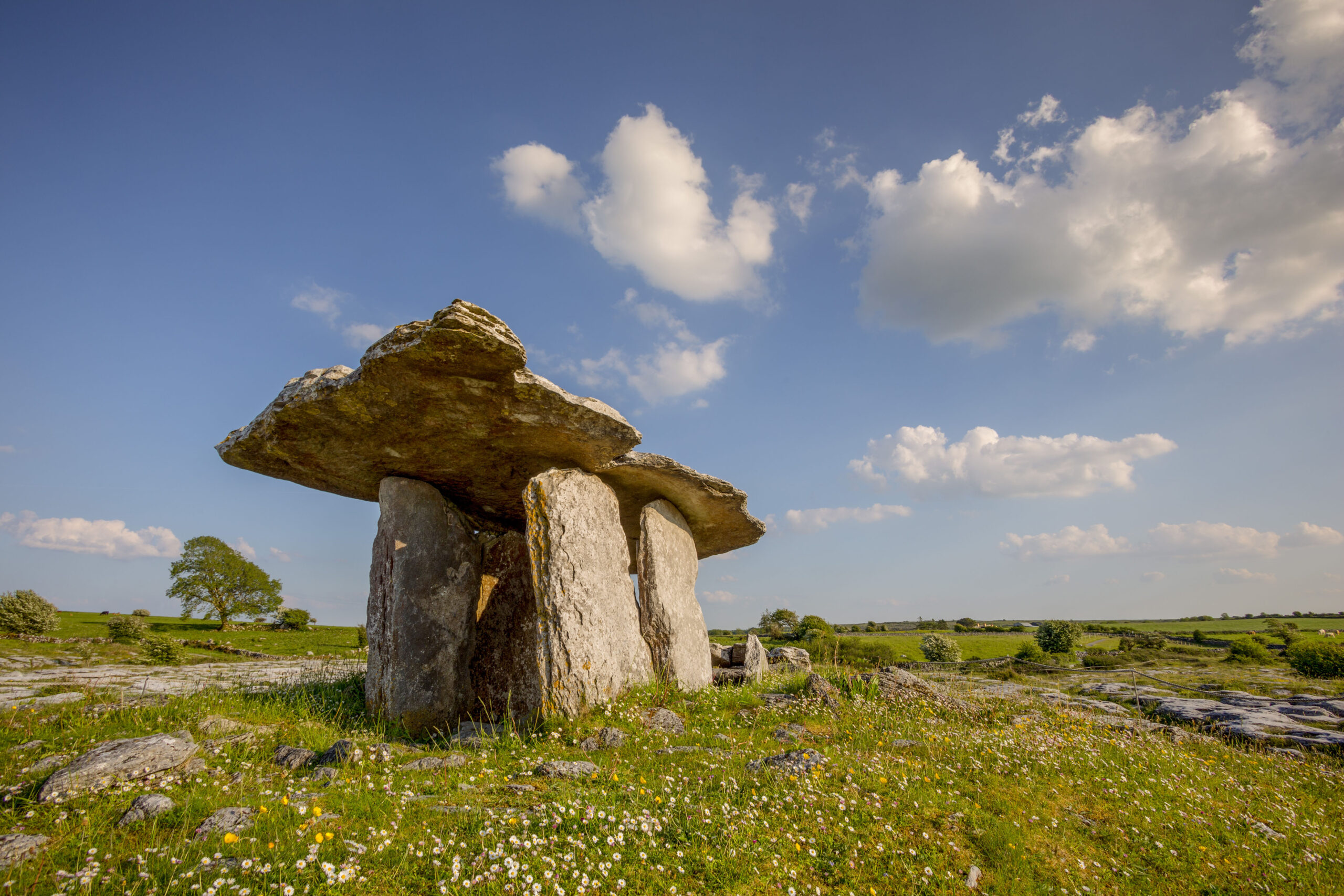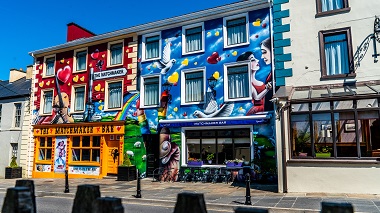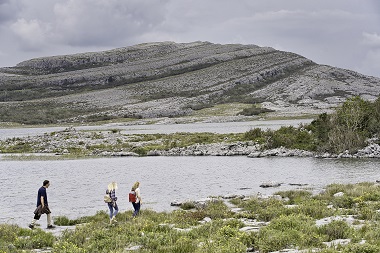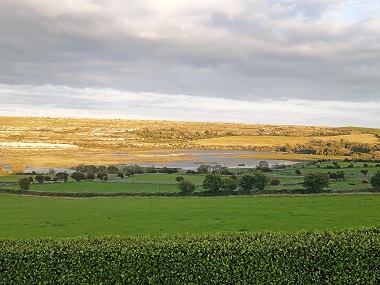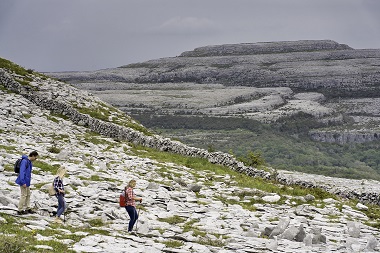
A Geosite
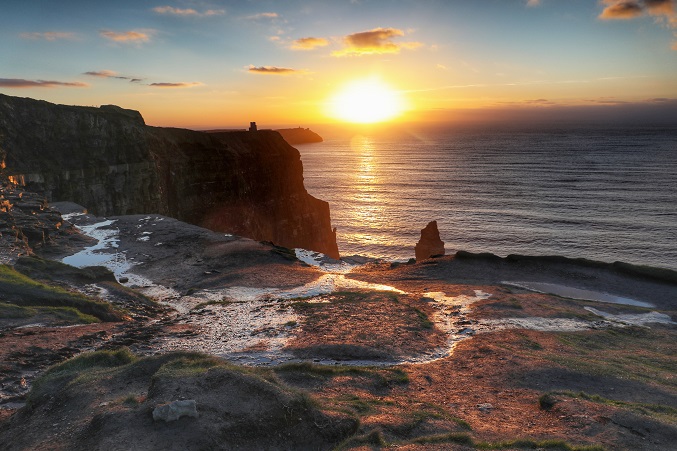
What is a Geosite?
A Geosite is an area from a few square metres to a few square kilometres in size which has a geological and scientific importance and whose geological character meets one or more exceptional criteria. Within the Geopark there are eleven Geosites that one can visit such as Poulnabrone Dolmen, Doolin Cave, and the Cliffs of Moher.
The Cliffs of Moher is one of the most well-known Geosites. The 8km of cliffs display a spectacular example of an ancient infilling marine sedimentary basin.
While the Burren area is renowned for its remarkable collection of plants and animals. It is equally unique below ground. Many caverns and caves exist throughout the Geopark. One of the many features of these caverns or caves are Stalagmites and Stalactites


